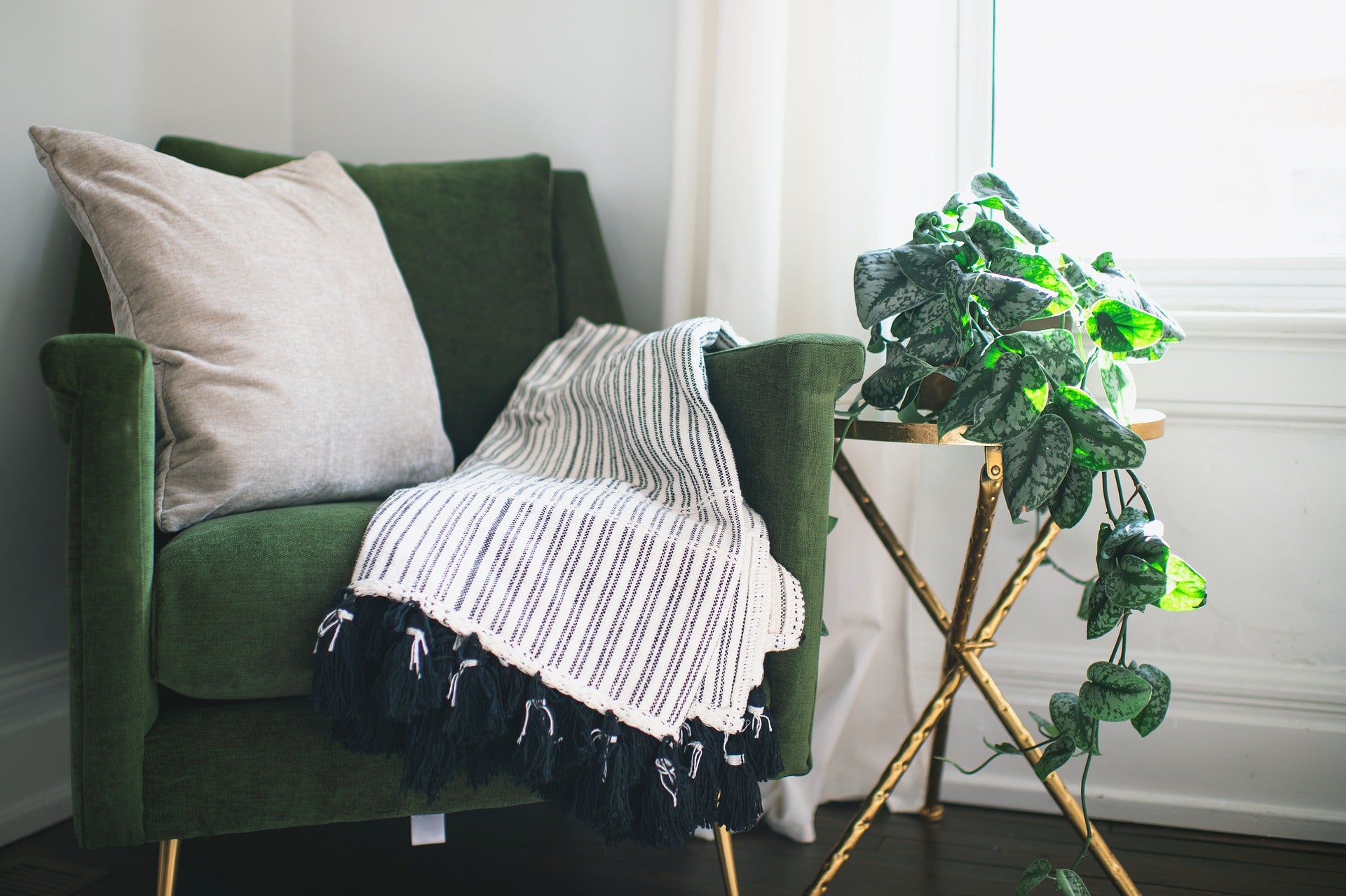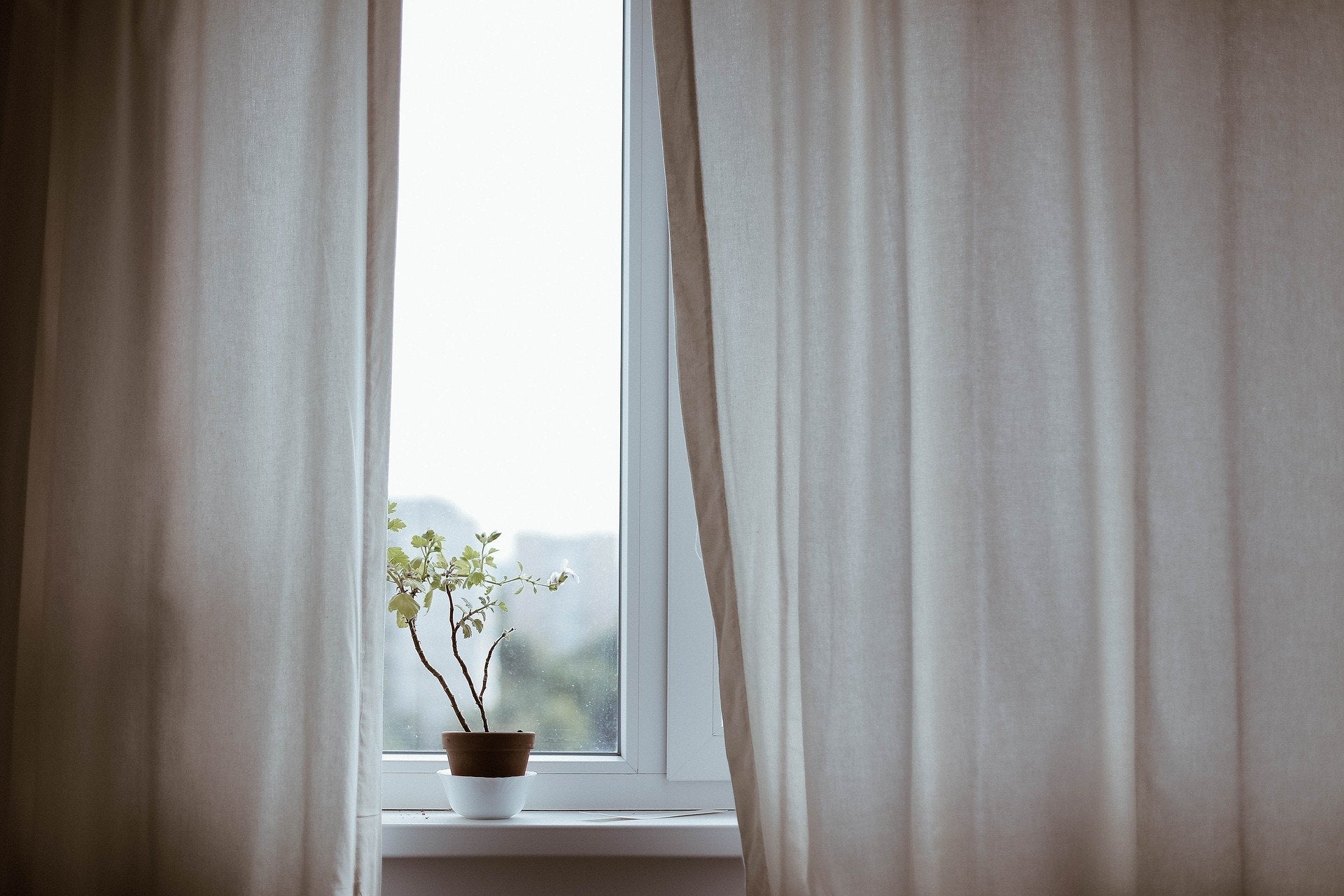
Which Fabric is Best For Curtains?
The most crucial factor to consider when buying window coverings for your house is the fabric. The texture, coverage, durability, and ease of laundry are all decided through the cloth type chosen in the curtains. Use this guide of curtains to take you to the paradise of curtains. These curtain fabrics will best suit your décor and requirements. Read more about the types in this article by SAG Custom Curtains.
-
Polyester Fabric
Polyester is a popular curtain fabric because it is strong, durable, and inexpensive. Polyester curtains are wrinkle-resistant, shrink-resistant, and stretch-resistant. Polyester curtains are ideal for curtain newbies since they are so low maintenance. Polyester is an excellent alternative if you're moving into your first house.
This fabric is ideal for curtains in the bedroom or living room. On the other hand, polyester curtains should not be used in the kitchen since the material is flammable, absorbs scents, and restricts air circulation. Polyester fabric comes in a variety of colors, patterns, and designs. If your windows are placed in high-traffic areas, consider a darker curtain color since stains on polyester fabric can be challenging to remove.
-
Cotton Fabric
Cotton or cotton mix curtains are adaptable alternatives. They have a crisp, clean quality that works well with classic and modern décor styles. Cotton curtains drape well, making them an excellent choice for formal dining rooms. Choose cotton curtains with a tight weave or a lined cotton panel if you want to limit sunlight in a bright bedroom or create seclusion in your living room. Choose sheer cotton curtains if you wish your space to seem bright and breezy. Cotton curtains provide softly filtered light in every area. They are simple to maintain, making them an excellent choice for your children's rooms.
-
Silk Fabric
Silk curtains are thicker and drape better than other types of curtains, giving them a romantic appeal that's perfect for bedrooms or formal dining rooms. Keep in mind that silk can only be dry cleaned, making these curtains more time-consuming to clean. If you're hanging silk curtains in a room with a lot of natural light, preserve your investment by lining them with window shades, as silk is often damaged by the sun. Faux silk curtains are easy to clean and last longer. Whether they're imitations or the real deal, silk curtains are ideal for creating a luxurious feel in any room.
-
Velvet Fabric
The velvet curtain fabric is a thick fabric used to keep cold out, making these window curtains great insulators for draughty houses. Velvet curtains give additional seclusion and assist in preventing sound and light due to their thickness. Because velvet curtains drape nicely, they add a refined touch to formal dining rooms, conventional living rooms, and royal master suites. Read our Curtain Styles Guide to discover more about how to achieve a particular look with different curtains.
-
Lace Curtains
Lace is a fairly sheer fabric, so curtains made of it disperse natural light and give the room a bright, airy impression. Hang lace curtains over French doors to create solitude without completely blocking your source of outside light. Lace curtains are often available in neutral colors like white, ivory, and ecru, making them easily match any room's color scheme. Lace curtains may be dry clean only or machine washable, depending on the construction. Laundry instructions should always be checked on the care label.
-
Thermal Curtains
Thermal curtains may be a good choice for your house if you live in a colder area. Heavier materials, such as polyester or cotton, are frequently used. Because thermal curtains are so thick, they can provide additional insulation for draughty windows in your house.
-
Blackout Curtains
Blackout curtains are perfect for filtering out sunlight, as their name suggests. They're ideal for napping children's rooms or your own bedroom if you need to sleep throughout the day. Blackout curtains are comprised of an opaque cloth with a foam backing that prevents light from entering the room. Blackout curtains, like thermal curtains, have a thick fabric that increases seclusion in your house.
-
Synthetic fabrics
Curtains made of synthetic textiles are a relatively affordable alternative (Polyester, Nylon). The face of good quality textiles has a satin-like feel, which is quite attractive. They're strong enough and have a nice fall appearance. For me, the most enticing aspects are that synthetic drapery fabrics resist wrinkling and are easier to wash and drape than cotton drapery fabrics. However, depending on the fabric quality, they may not last very long.
Some synthetic fabrics can also filter UV rays, which is essential in locations where sun protection is required.
-
Linen
Medium-heavy Linen/heavyweight linen (not dressmaking linen) is ideal for draperies since it is thick, resilient, and sturdy, with unsurpassed elegance. The issue with a linen cloth is that it wrinkles easily and might hang stiffly in some cases. To maintain their appearance, linen drapes must be dry cleaned. But the most significant part is that it will improve in appearance and fall with each wash. If you choose a linen blend, you can have the best of the two worlds.
-
Damask and Brocade
These are drapery textiles that include floral and other motifs on the surface. Damask features a two-tone pattern, which means there are two tones of the same hue. Brocade fabric has such vibrant designs in a variety of colors. Cotton or silk fibers can be used to make them. These fabrics are plentiful and pricey, and they may need to be lined to keep their patterns and drape.
-
Synthetic blends
Blended textiles, in my opinion, are the most delicate fabric for curtains since they incorporate many of the benefits of synthetic and cotton/linen/silk materials. Polycotton and poly rayon are both viable options in appropriate weights. Blended fabrics/synthetics should not be used in kitchens or near fireplaces since they can easily catch fire. Cotton blends are simple to care for. There's no wrinkling like 100% cotton or linen and no fading like silk. They also tumble and stack well, making them suitable for even the tiniest of windows. Synthetic – cotton mixes can appear as lovely as any high-end curtain cloth if lined.
All these curtain fabrics are not placed in any particular order. The fabric should suit your choice and condition and that fabric will be the best fabric for you to choose. Make sure to view our custom roman shades online services and other types.


